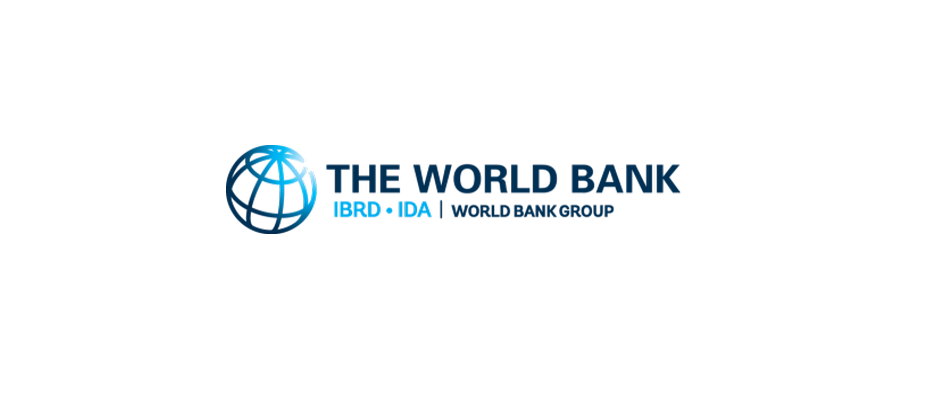
The Inter-American Development Bank (IADB) was founded in 1959 as a partnership between the United States and 19 Latin American and Caribbean countries. The IADB currently comprises 48 member countries, including borrowers and non-borrowers. It’s 26 borrowing member countries are all located in Latin America and the Caribbean.
The Inter-American Development Bank aims to drive progress in health, education, infrastructure, climate action, diversity, and poverty reduction by providing financial and technical support not only to national governments, but also to subnational governments in the region.
In April 2024, the Inter-American Development Bank released a comprehensive sectoral framework on subnational governance and development. The updated framework will guide IADB’s efforts at enhancing the effectiveness of subnational governments in Latin America and the Caribbean. The framework addresses the critical question: how can subnational governments better respond to the needs and demands of their populations, be accountable, and contribute to promoting territorial development?
The document provided a thorough diagnosis and evidence of international best practices, focusing on two central axes:
- The incentives with which subnational governments operate, determined by the relationships between various levels of government.
- The institutional capacities of subnational governments, to fulfill their responsibilities efficiently and transparently.
Key emphases in the framework informed by the experiences of the COVID-19 crisis and recent developments within subnational governments, emphasized on several strategic areas:
- Strengthening Governing Bodies and Associations: The framework underscored the importance of enhancing the roles of governing bodies and associations of subnational governments. These entities are crucial for addressing the subnational agenda and improving intergovernmental coordination.
- Territorial Development and Private Investment: A significant focus was placed on how subnational governments can contribute to territorial development. The document highlighted strategies to attract private investment, aimed at reducing the pervasive inequalities in the region.
- Addressing Subnational Heterogeneity: The framework recognized the diverse conditions at the municipal level and advocated for the development of digital solutions to improve transparency and service provision by subnational governments.
- Climate Change and Social Inclusion: Another critical emphasis was on enhancing the role of subnational governments in tackling climate change and reducing gender and diversity gaps within their territories.
The Subnational Governments Sector Framework Document (April 2024) is available on Inter-American Development Bank’s website (in both Spanish and English) providing detailed guidelines and strategies for subnational government engagement.



